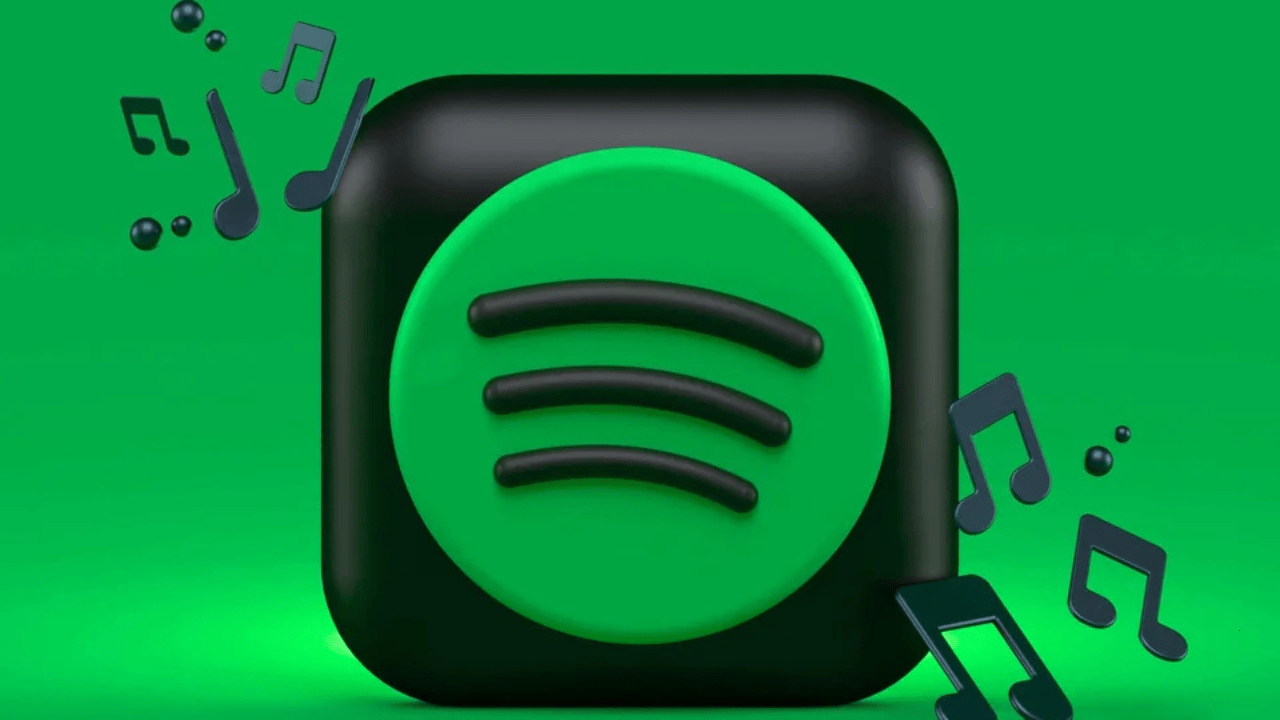Spotify, the world-renowned music streaming platform, officially launched in India on February 26, 2019. This marked a significant milestone in the global expansion of Spotify. India, with its rich musical heritage and rapidly growing digital market, presented both challenges and opportunities for the platform.
The entry of Spotify into India brought a paradigm shift in how people consumed music. With its vast library, personalized playlists, and local content, Spotify quickly became a household name. But the journey to this launch was not without hurdles.
Why Was Spotify’s Launch in India Significant?
Before diving into the details of when Spotify was launched in India, it’s essential to understand why this move was so crucial:
- Diverse Audience: India’s music scene is diverse, spanning languages, genres, and cultures. Spotify’s arrival meant catering to a vast and varied audience.
- Growing Streaming Market: By 2019, India’s music streaming market was booming. Competitors like Gaana, JioSaavn, and Apple Music were already established. Spotify’s entry added healthy competition.
- Localization: Spotify’s launch wasn’t just about introducing a global platform. It was about adapting to India’s unique needs, including local music integration and pricing strategies.
The Road to Spotify’s Launch in India
Spotify’s launch in India wasn’t an overnight decision. It was the result of years of planning, negotiation, and market research. Here’s a timeline leading up to February 26, 2019:
- Early Rumors: As early as 2017, there were speculations about Spotify entering the Indian market.
- Local Partnerships: Spotify began forging relationships with Indian music labels to secure licenses for regional content.
- Legal Challenges: Just before its launch, Spotify faced legal disputes with Warner Music Group over licensing agreements. However, the platform went ahead with its launch, albeit without Warner’s catalog initially.
These challenges only added to the anticipation surrounding Spotify’s entry into India.
Spotify’s Strategy for the Indian Market
When Spotify was launched in India, it came with a unique strategy tailored to the country’s needs:
- Affordable Pricing: Spotify introduced competitive subscription plans starting at just ₹13 per day. This made premium features accessible to a wider audience.
- Free Tier with Ads: Recognizing the price-sensitive nature of the Indian market, Spotify offered a free ad-supported tier.
- Local Content: Spotify’s library included regional music in languages like Hindi, Tamil, Punjabi, and Bengali, catering to India’s multilingual audience.
- Personalized Playlists: Features like “Spotify Wrapped” and “Daily Mix” were localized to reflect Indian users’ listening habits.
The Impact of Spotify’s Launch in India
The launch of Spotify in India had a ripple effect across the music streaming industry:
- Increased Competition: Competitors like Gaana and JioSaavn had to innovate to retain their user base.
- Boost to Local Artists: Spotify’s playlists and recommendations helped Indian artists reach global audiences.
- Change in Listening Habits: Spotify’s algorithms introduced Indian listeners to international genres and artists, broadening their musical horizons.
By 2020, Spotify had become one of the top music streaming platforms in India, boasting millions of active users.
Challenges Spotify Faced in India
Despite its success, Spotify’s journey in India hasn’t been without obstacles:
- Licensing Issues: Legal disputes with music labels occasionally limited Spotify’s catalog.
- Tough Competition: Established players like Gaana and JioSaavn already had a loyal user base.
- Monetization: Convincing Indian users to switch to paid subscriptions remains a challenge, given the popularity of free music options.
How Spotify Adapted to the Indian Market
One of the reasons Spotify succeeded after its launch in India was its adaptability:
- Bollywood and Regional Focus: Spotify created playlists like “Bollywood Hits” and “Punjabi 101” to cater to Indian tastes.
- Campaigns and Collaborations: Spotify collaborated with Indian celebrities and influencers to boost its brand presence.
- Data Optimization: Spotify’s app was optimized for lower data usage, addressing India’s network constraints.
Global vs. Local: Spotify’s Unique Position in India
Spotify’s global appeal combined with its local approach set it apart from competitors. While platforms like Gaana focused solely on Indian music, Spotify offered a mix of local and international tracks. This balance attracted a diverse audience, from Bollywood lovers to fans of K-pop and Western pop.
The Future of Spotify in India
Since its launch in 2019, Spotify has continued to evolve in the Indian market. Here’s what the future might hold:
- Podcasts: Spotify is investing heavily in podcasts, a segment gaining popularity in India.
- Regional Expansion: More focus on regional languages and folk music could attract untapped audiences.
- Advanced AI Features: Improved algorithms for personalized playlists and recommendations will enhance user experience.
Conclusion: Reflecting on Spotify’s Indian Journey
So, when was Spotify launched in India? The answer—February 26, 2019—is more than just a date. It marks the beginning of a new era in India’s music streaming landscape.
Spotify’s ability to adapt to local needs while maintaining its global charm has made it a favorite among Indian listeners. As it continues to innovate and grow, Spotify’s journey in India is a testament to the power of music to transcend boundaries.
Related Articles:
For further reading, explore these related articles:
- Spotify Listen Together: Redefining Shared Music Experiences
- Spotify CEO: The Visionary Leader Behind the Streaming Giant
For additional resources on music marketing and distribution, visit Deliver My Tune.






